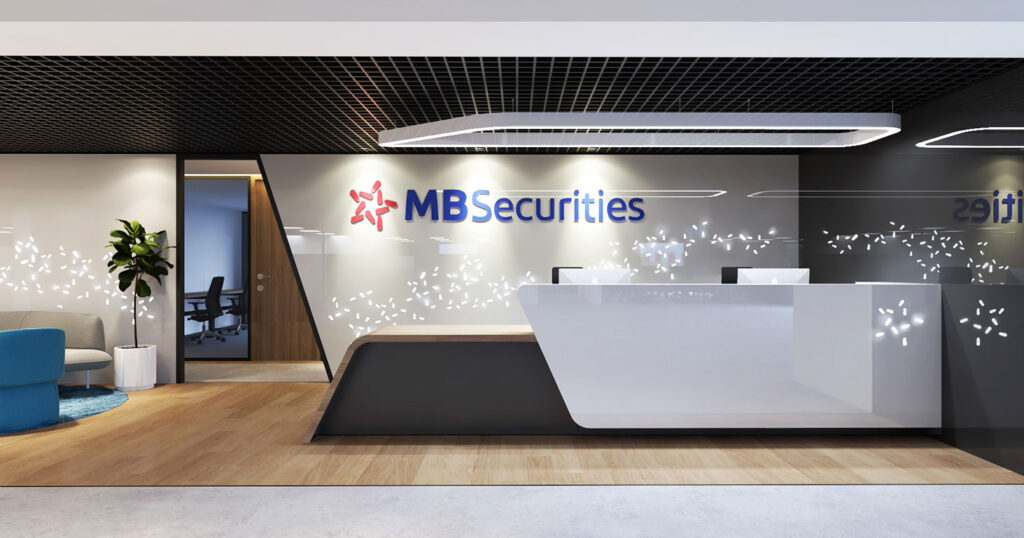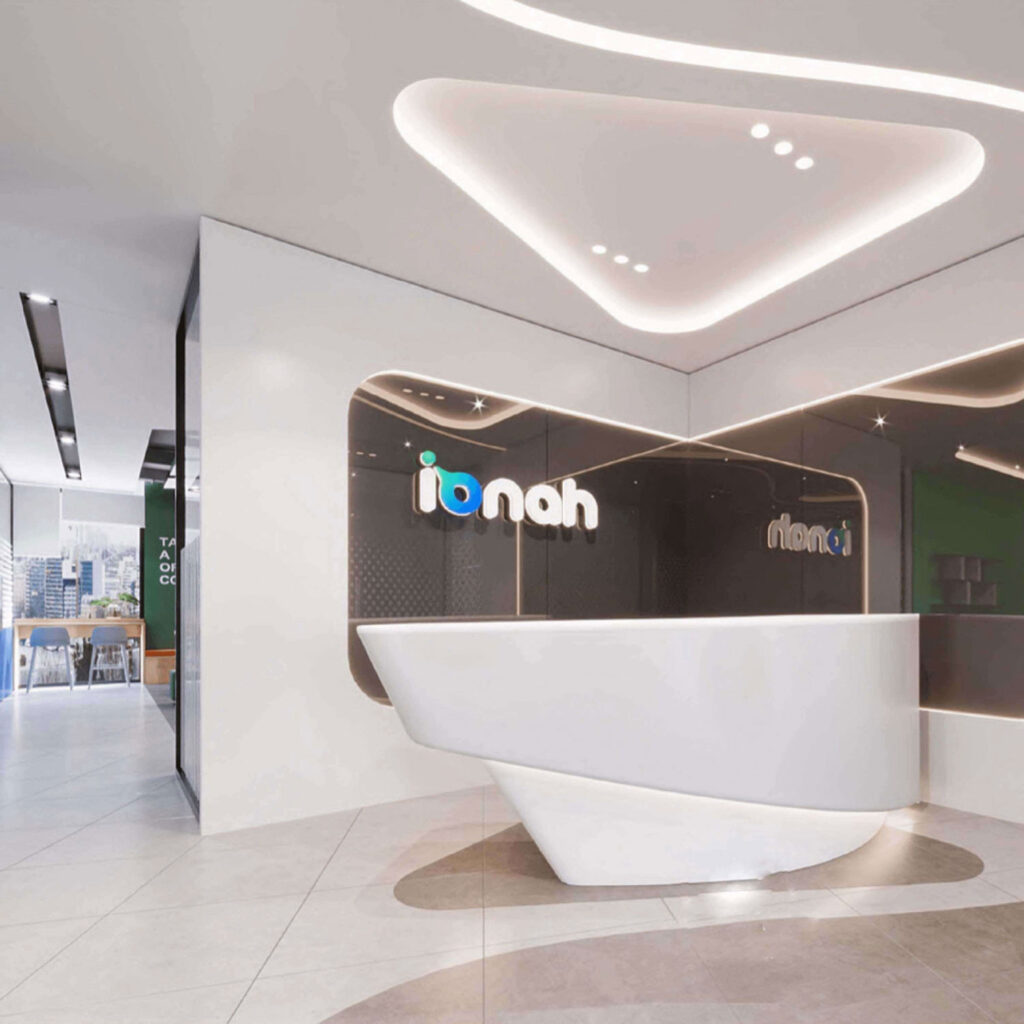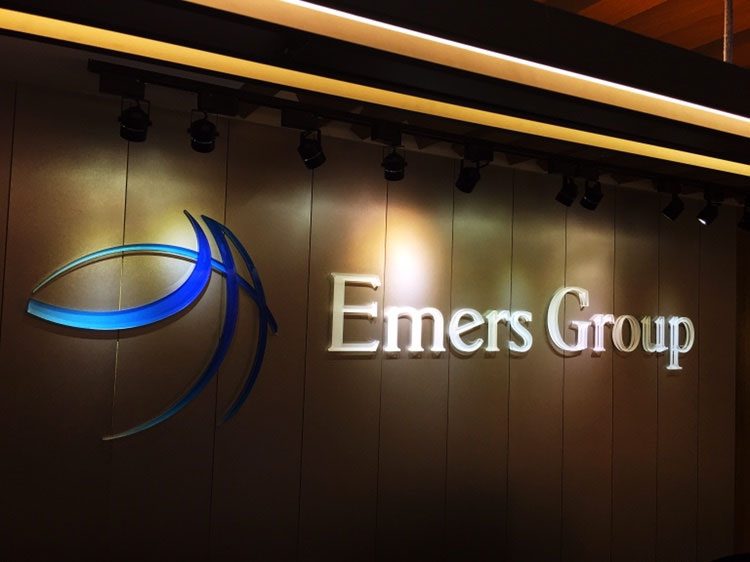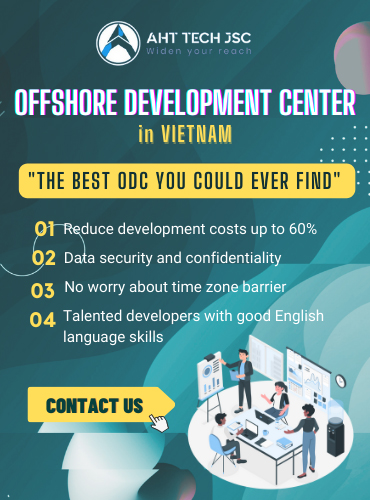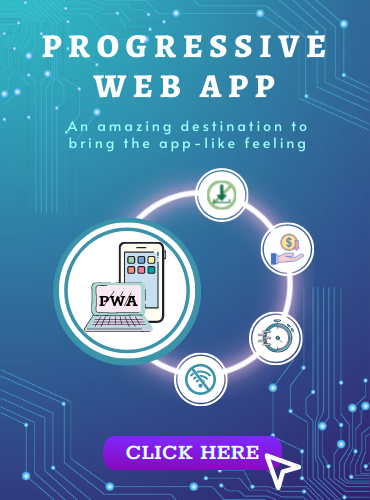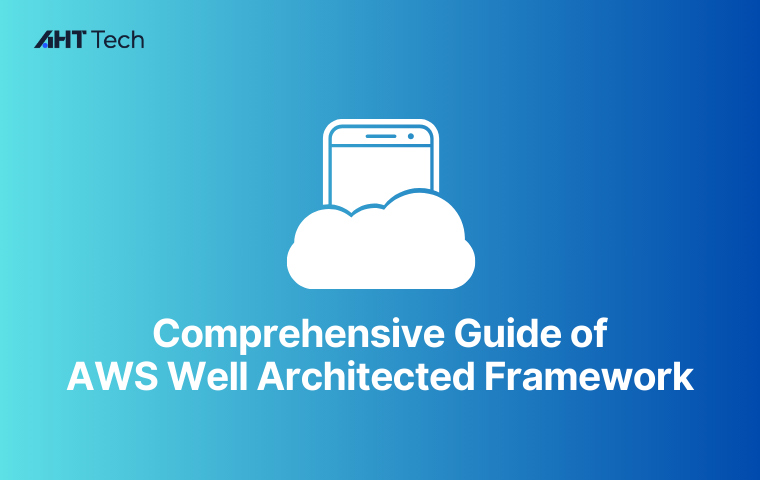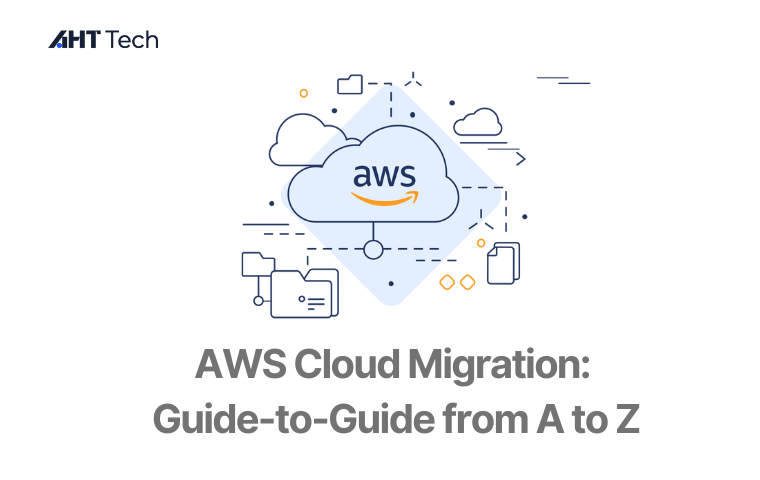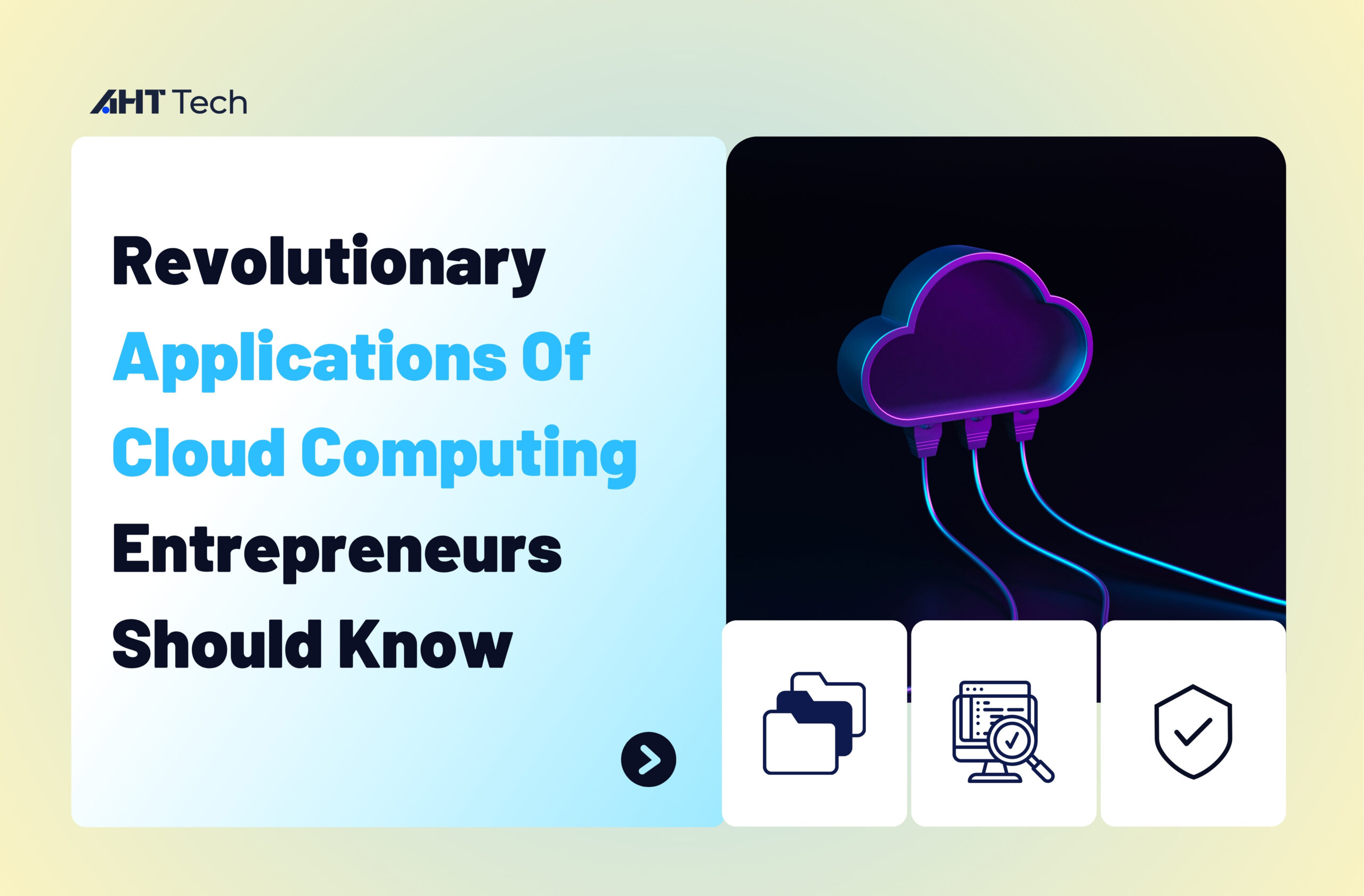The introduction of technology has totally changed human life, including eCommerce, food delivery, transportation, and even healthcare. No one would have predicted that technology would help people to take better care of their health or that it would revolutionize how people monitor and diagnose. Technology, on the other hand, provides a solution to this major issue in the form of the Medication Tracking and Pill Reminder App, which reminds app users to take their recommended medicine amounts and on time, which is especially beneficial for senior people who are more likely to forget.
As a result, these apps play an important role in keeping people healthy. So, in this blog, we’ll go over all you need to know about Medication Reminder apps. Now, let’s start by looking at how these apps address health issues.
What makes a Medication Reminder app powerful?

Medication Reminder apps can help users in a variety of ways:
- They have a simple and user-friendly interface that allows for rapid scheduling.
- Patients frequently take the wrong medication or fail to take their prescribed doses. However, medication reminder apps provide basic alerts to patients’ phones, which serve as automatic reminders to help them stay to their schedules.
- Patients may forget to refill medications at times, but with these applications, they will receive reminders a week before the supply runs out, and patients can tailor the calendar according to their specific needs for each medication.
- Users will be able to get customized medication histories in an intuitive way via the applications.
How do Medication reminder apps work?
These B2B and B2C data-driven pill management platforms usually collaborate with drug retailers, pharma companies, health care providers, and health insurers to create an ecosystem that offers enhanced patient engagement to improve medication adherence by using the main causes of medication non-adherence information in real-time.
Many similar apps are now accessible, supporting a great number of people in maintaining their health. These apps are easy to use because they only require a few simple steps: download the apps, add the medicine, establish personalized pill reminders, and receive timely alerts. You can also snooze reminders and then remind yourself till the time is recorded as taken.
Once an account is formed on these platforms, it backs up user data on the app’s cloud platform, allowing users to access their data even if their phone is stolen or lost, or if they need to log in from another device. These apps provide a feature that allows users to connect with their friends and family. As a result, the app will notify the linked person whenever the user misses a dose of the scheduled pill.
And now that you know how a Medication Reminder app works, let’s look at the different sorts of Medication Reminder apps.
Types Of Medication Reminder Mobile apps
There are three kinds of medication reminder apps out there:
1. Simple medication reminders (SMRs)
These pharmaceutical apps are primarily for patients and provide some basic features like customizable alarms and flexible scheduling.
2. Advanced Medication Reminders (AMRs)

AMRs offer time-zone support, drug photos, user notes, and tracking of late and missed doses, in addition to the fundamental features found in SMRs.
3. Medication Management apps (MMAs)
This type combines the features of the previous two categories, allowing users to create multiple accounts, manage and store health data, and communicate information with doctors.
Key features of Pill reminder apps
Digital Planning
Users can build schedules (daily/weekly/monthly) using this tool by inputting the needed information about their drugs, such as pharmaceutical names, physical descriptions of medications, dosages, and when and how they must be taken.
Intelligent Reminders
These are the notifications that appear on your phone screen when it’s time to take your prescriptions. These notifications will continue to buzz and ring until the patient has taken their dose. A mobile app with sophisticated reminders allows users to postpone their medicine intake. These reminders are also beneficial to persons with hearing and vision problems.
Pill Identifier
There are two varieties of these. The first is a less convenient one that requires the user to enter pill properties. In order to generate a list of pills with similar qualities, the app scans the app database. In the event of a user-friendly app, it may also include a function that allows the user to upload a photo of medication, after which the image analyzing algorithm searches the database for similar pills.
Nearest Pharmacy
This feature allows customers to locate the nearest drugstore that has the desired medication in stock. Some apps even offer a map that is integrated with navigation.
Fields for Notes
This tool allows users to enter specific directions for taking prescriptions, as well as identify possible adverse effects and add doctor advice.
Prescription Renewal Notifications
This feature is quite useful for reminding app users when it is time to refill medicines. The notifications appear on the screen as alerts, and users are sometimes given a form to fill out in order to refill their medications after receiving the alerts. Here, the app transmits the paperwork immediately to the doctor.
Reminders Sync
Users will be able to synchronize reminders with their smartwatches using this feature. As a result, people won’t need their phones all the time to use the app.
Reports
Users will be able to transmit their medical progress reports to physicians or nurses using this functionality.
Reminder List
Users of the app will be able to browse the medicine reminder list to see what is due in the coming days.
Reminder Sound

Each time the phone creates a sound, the app users can choose the reminder sound so that they know which sound is to remind them to take their prescription.
Track Health
With this function, app users may keep track of their steps taken, weight, blood pressure, and health rate at all times, preventing any potential health issues.
Auto-Backup
When a user registers for the app, it includes automatic backup and restore to HIPAA-compliant servers.
Medication Reports
This feature displays the health progress since the user began taking drugs. This aids in determining how effective the medication and treatment are, as well as whether more measures are required.
How to Build a Medication Reminder App
Obligatory medical compliance for medication apps
There are numerous medical regulations that a medication adherence or medication reminder app must comply to:
- HIPAA for health apps
- Health Level 7: HL7 Standards
- FDA’s medical apps policy
- HITECH Act meaningful use stage 1 & 2
- Health and Human Services (HHS) guidelines
- Certification with EPSC
- FDA Policy for mobile medical applications.
What Tech Stack Is Necessary For Medication Apps?
| Function | Technology |
| Frontend Development | React, Angular, and Vue |
| Backend development | Python/Django |
| Hosting | AWS and VULTR |
| Database | MySQL and Redis |
| Cross-Platform | React and Flutter |
| iOS | Objective-C and Swift |
| Android | Java and Kotlin & Flutter |
| NoSQL database | MongoDB |
| API Development | PostgreSQL |
How Much Does It Cost?
To determine the cost of developing a pill reminder and medicine tracker app, a variety of things must be considered. This system is linked to a variety of healthcare organizations, necessitating a high level of integration and assistance. The following are the primary elements that influence the cost of producing such an app:
- Functionalities & Features
- Additional & Advanced Features
- Integrations with third-party APIs
- Compliances & Certificates
- Size of Development Team
- Location of Development Company
These are essential aspects when calculating the cost of developing a medication tracker mobile app. To give a realistic calculation, the cost of developing a pill reminder app with basic functionalities and for a single app platform like Android or iOS can be around $25000-$30000, whereas if the app is merged with advanced features and various third-party API integrations, and created for more than one platform, the cost doubles to around $50000-$60000.
5 steps to build a Medication Tracking app

Now, like most other native apps, we have to undergo 5 major steps:
- Discovery
- Design
- Development
- Release
- Maintenance
Through each step, you will figure out what you can do to maximize your product’s ROI.
Step 1: Discovery
Whatever you call it, we always begin with the discovery phase. The goal is to come up with all of the features we want to provide our users right away when the app launches.
We can’t wait until all of the features are ready for public release, therefore we need to tie each one to the estimated ROI. There should be an ideal minimum that will suffice.
Of course, prioritizing features is difficult without taking into account the needs of the target audience.
Understanding technologies we will need
Aside from the list of features, we should also consider the technological implications of our software’s appearance:
- Will the app be available on iOS and Android?
- Is it necessary to sync data to a server?
- Will it be feasible to develop a web-based pharmaceutical health monitor for healthcare providers?
We’re searching for information on which platforms will best serve our clients and which technologies will make a medication reminder app the most successful as we go through these questions.
Business plan
Nothing can stop us from creating a medicine reminder app that will interest app users if we know our clients and our aims. All we have to do now is link our clients’ requirements with our business objectives: improving their overall health to meet our success criteria.
Finally, we condense everything into a business strategy to make it seem cool. We may now move on to developing our medicine reminder software after completing that essential early phase.
Step 2: Design

The app’s design and prototype are the two most important aspects of the UX/UI stage. The prototype is a graphical representation of the pill reminder program that we can use to test consumers and identify where improvements may be made.
In general, the prototype has two functions:
- It saves us money on development.
- Transferring designs to developers are made easier.
What are the financial benefits of fast prototyping? We don’t need to code while prototyping, because changing an app that has already been coded is the worst thing that can happen on any software project (which is also why we employ agile, but more on that later).
Prototyping aids developers in what ways? First, they get a complete picture of the software they’ll be creating, including screen transitions and other minor but crucial aspects. They also get to see if the UX/UI team has to make any modifications before constructing the app to make development easier and match Apple and Google’s best practices.
When we’re working on a prescription management app, we need a simple, user-friendly interface. This will make it easier for consumers to take their pills on time and enhance overall drug adherence.
Step 3: Development
We may now move on to medication reminder app development once the designs are complete and the prototype has been verified.
The important role of an agile development team
Throughout the phase, developers and testers are responsible for the majority of the heavy lifting. A product manager and a project manager work with business owners. The former conveys the product vision of the business owner to the team, while the latter coordinates the effort of all team members.
Any skilled agile development team will have similar collaborative dynamics. As you may know, the agile cycle starts with the first step and only becomes apparent throughout the development phase.
So, choose your health app developers wisely and learn how they use agile to ensure that their method will work for you. With AHT Tech, we provide the Software Consultant & Developments by teams of experts who have successfully built many health-related apps in all over the world.
Exploit modern tech stack
Next, you’ll need to look into one of these modern technologies if you want to create an easy-to-use software for keeping track of medications:
- AI/ML
- Internet of Things
- Blockchain
Of course, entering to market with all guns blazing may appear profitable. Why not combine all of these wonderful features into one medicine reminder app? In truth, the advanced technologies you use should always be based on the needs of your clients.
The Internet of Things is certainly the front-runner on this list because a smart pillbox solves so many problems right away. The AI/ML technology will be useful for photo or video recognition of different medications. Another possibility is to utilize machine learning to detect patterns in user behavior and tailor messages accordingly.
Patients, doctors, and insurance companies could all utilize the blockchain to securely communicate data.
Not just a mobile app
As you may be aware, the software performs exceptionally well as a smartphone app. When we can utilize the same software across several devices and platforms, however, it truly works wonders. Then we can start talking about building entire ecosystems for providers and patients.
Consider the most common use case for a pill reminder app for a moment. Isn’t it all about the reminders? Wouldn’t it be fantastic if our medication tracking app could also be used on smartwatches and tablets? Do you believe desktop software would be useful for medical staff as well? Perhaps a TV app (if we have a lot of visual information to show patients)?
Thus, having a long-term vision for your app will allow you to better design customer experiences across all devices and platforms, including Apple and Android.
Utilize existing plugins
Many of the features we discussed can be implemented utilizing pre-built technologies from reputable vendors. When developing a medical app, everything from user authentication to mapping and messaging is a good option for reuse.
Other crucial aspects, such as scheduling, may require bespoke coding in order to remain flexible and provide clients with a variety of alternatives for when they should take their drugs.
HIPAA compliance
Because pharmaceutical assistance good prices at https://www.redstarvapor.com/zolpidem-ambien/ applications deal with PHI, HIPAA compliance should come as no surprise. Bio authentication, two-factor authentication, automatic log-off when the user is inactive, and robust encryption, such as AES 256-bit encryption, OpenPGP, and S/MIME, are some of the best practices.
Step 4: Release

The quickest step in the medication reminder app development process is to release the app. This includes submitting mobile apps to the App Store and Google Play, as well as a thorough understanding of the app approval processes in both stores.
Besides, we must prepare the app listings, which include a description, screenshots, and video that convey a cohesive story, relevant keywords, and selecting the appropriate category, among other things.
Finally, we’ll need to migrate the servers to a production environment that can handle large user surges without going down.
Step 5: Maintenance
Finally, we migrate to a maintenance and support model after the software is accessible on the App Store and Google Play. Fixing problems with new gadgets is one example.
- Incorporating new features
- Support for new mobile operating systems
- Bringing the mobile app to new platforms, such as smartwatches
Setting up the DevOps processes and environment is a crucial aspect of this step. Simply said, DevOps is a set of best practices and tools that automates the process of releasing new app versions.
As a result, it’s critical to hire a team that understands DevOps best practices and understands how to eliminate manual activities from a team’s daily routine.
Conclusion
We have discovered the information about Medication reminder apps, as well as how to build a complete Pill Reminder app. The process of making an app requires a lot of effort and money. Besides, you definitely need a team of good developers who can support you in technical aspects. Understanding this, AHT Tech – one of the leading technology development and solutions companies in Vietnam, has developed the Software Consultant & Developments. In order to meet the high requirements of customers, our teams always try to catch up with the latest market trends, and technical knowledge. With a very reasonably priced strategy, we proudly say that we can be your partner in the road of making your own Medication Reminder app. CONTACT US now for free consultation!
